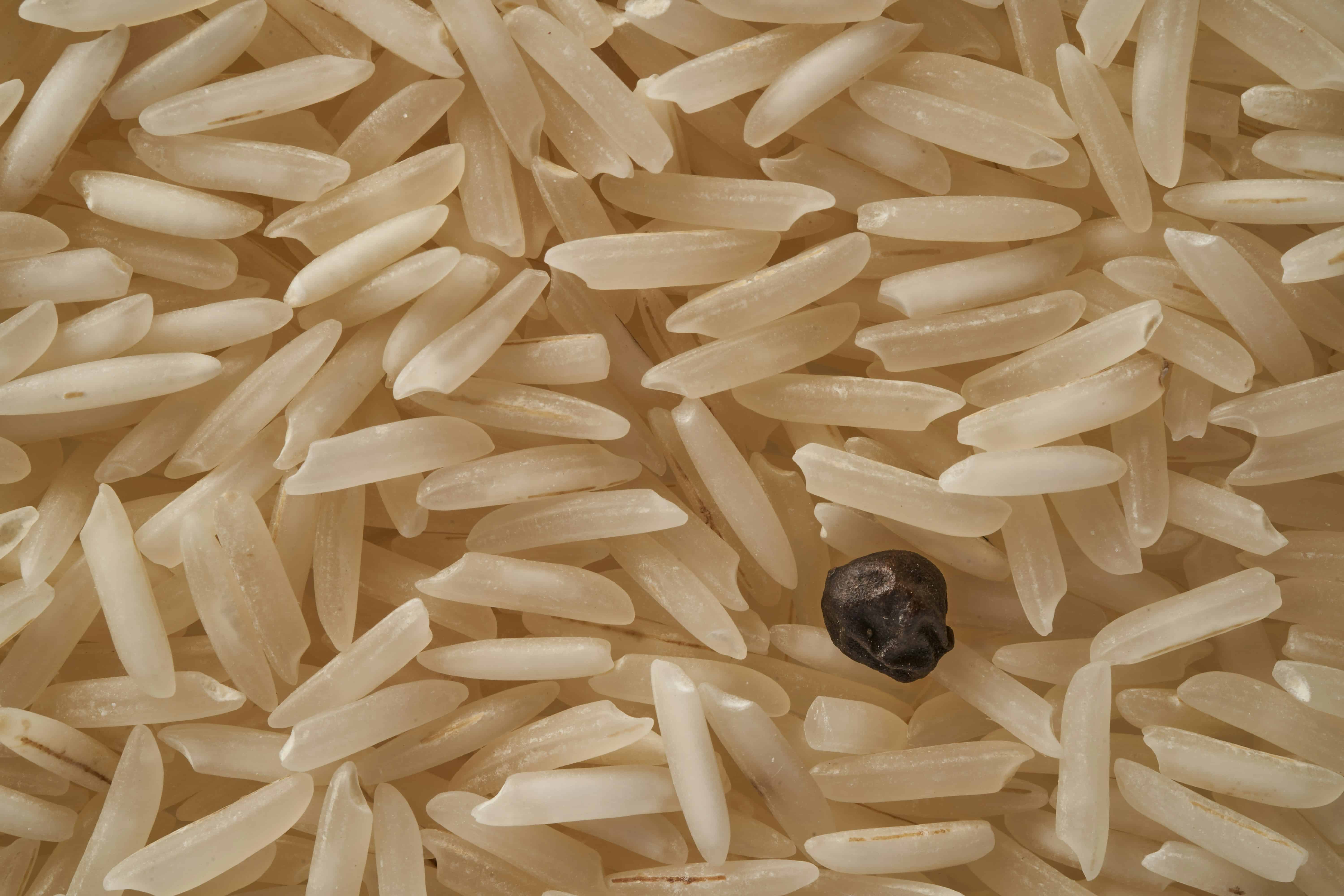Key Takeaways:
- Insect-Plant Interaction: A study has found that the rice gall dwarf virus (RGDV) exploits the saliva of its leafhopper vector, Recilia dorsalis, to suppress plant defenses.
- Salivary Protein Role: The salivary protein GAPDH from the leafhopper helps in reducing reactive oxygen species (ROS) in rice, allowing the insect to feed and facilitating viral transmission.
- Potential Cytotoxicity: Overoxidation of GAPDH can lead to cytotoxic effects in rice plants, prompting an emergency defense mechanism.
- Wider Implications: Similar strategies may be employed by other plant viruses and insect vectors, affecting crop health.
A recent publication in Nature Communications has shed light on a sophisticated strategy employed by the rice gall dwarf virus (RGDV) to suppress plant defenses, facilitating its transmission and survival. This process is intricately linked to the saliva of the virus's insect vector, the leafhopper Recilia dorsalis.
GAPDH: A Key Player in Defense Suppression
The study highlights the role of the enzyme glyceraldehyde-3-phosphate dehydrogenase (GAPDH), which is secreted in the saliva of the leafhopper. Traditionally known for its role in glycolysis, GAPDH was found to have an unexpected function in plant-virus interactions. It plays a critical role in dampening the plant's production of reactive oxygen species (ROS), molecules that are part of the plant's defense arsenal against pathogens.
Mechanism of Action: How GAPDH Modulates Plant Defenses
The suppression of ROS is vital for the leafhopper's ability to feed on the plant. By reducing ROS levels, GAPDH helps the insect avoid the plant's defense mechanisms, thus facilitating prolonged feeding and enhancing the transmission of the RGDV. However, the study also found that overoxidation of GAPDH could lead to cytotoxic effects, which might trigger an emergency defense response in the plant.
Broader Implications: A Common Strategy Among Plant Viruses?
The researchers suggest that this mechanism might not be unique to the rice gall dwarf virus. Similar strategies could be employed by other plant viruses that rely on insect vectors for transmission. This discovery opens new avenues for exploring plant-virus interactions and could lead to the development of novel strategies for protecting crops from such infections.
Read the entire study here.


